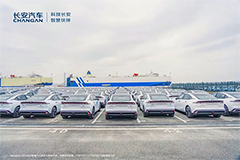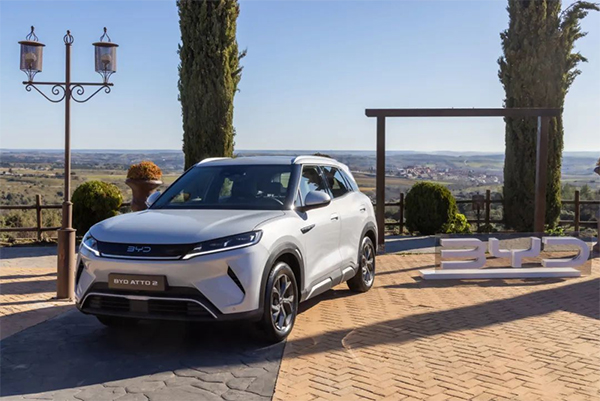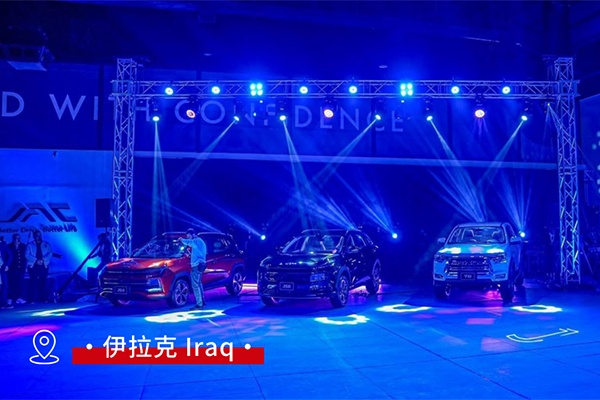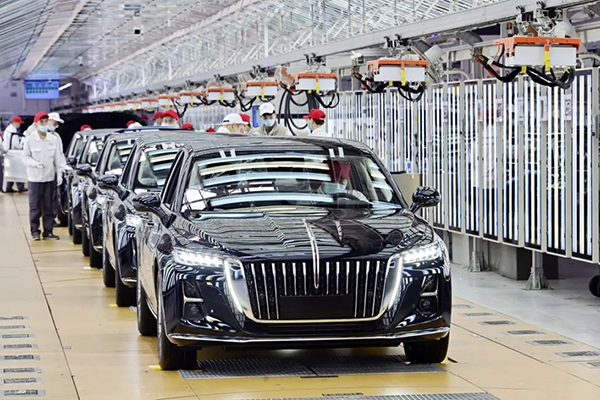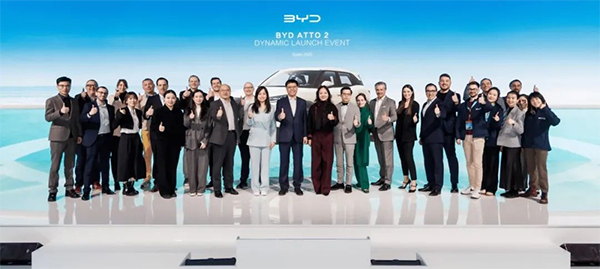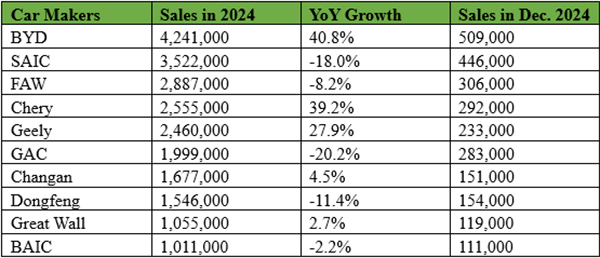China's National Energy Administration and economic planner National Development and Reform Commission (NDRC) issued the document on supporting the development of NEVs in rural areas for provincial and municipal governments and two grid operators, State Grid and Southern Grid. The document, dated May 14, was made public on May 17.
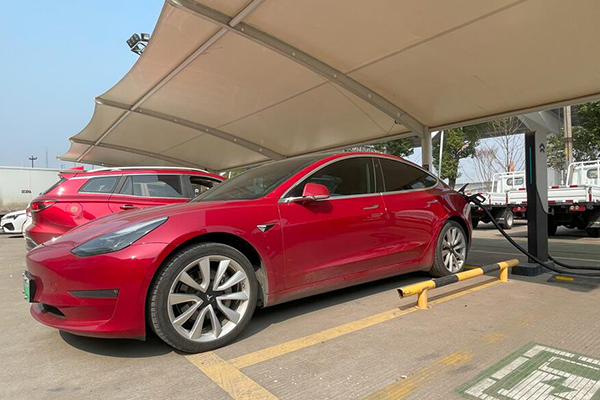
China has built the world's largest charging infrastructure, providing a strong guarantee for the rapid development of NEVs, but there are still problems in rural areas, including insufficient public charging infrastructure, which restricts the release of NEV consumption potential there, the document says.
The document voices support for NEV development in rural areas in terms of NEV purchases, charging infrastructure construction, and consumer education. Car companies are encouraged to develop more economical models for consumers in rural areas, especially products including new energy cargo-carrying mini-vans, mini-trucks and light trucks.
China will improve the evaluation system for used NEVs and encourage companies to provide quality vehicles for rural areas. The country will increase the proportion of NEVs in business vehicles and encourage local governments to increase the use of NEVs in public transportation, road passenger transportation, rental cars, law enforcement, sanitation, and logistics.
Credit support for auto consumption in rural areas will also be increased, and financial institutions are encouraged to reasonably determine the down payment ratio, loan interest rate, and repayment period on the premise of risk control. In terms of charging infrastructure construction in rural areas, local governments should accelerate the construction of charging stations and strive to achieve charging piles in every township.
Local governments are encouraged to promote the construction of centralized public charging stations, and places with conditions such as gas stations should also promote the construction of charging piles. Existing residential communities in rural areas are encouraged to carry out charging facility construction, and a certain percentage of public charging spaces should be allocated.
Before 2030, China waives the electricity capacity charge for centralized charging and battery swap facilities with a two-part tariff, and relaxes the investment efficiency constraint for grid companies in the construction of distribution grids. China encourages research on technologies such as two-way interaction between electric vehicles and the grid (V2G), and explores the construction of integrated charging infrastructure in rural areas where the utilization rate of charging piles is low.
In terms of consumer education, China supports local governments and industry bodies to enhance consumer acceptance of NEVs and alleviate purchase and use concerns through a number of activities.



